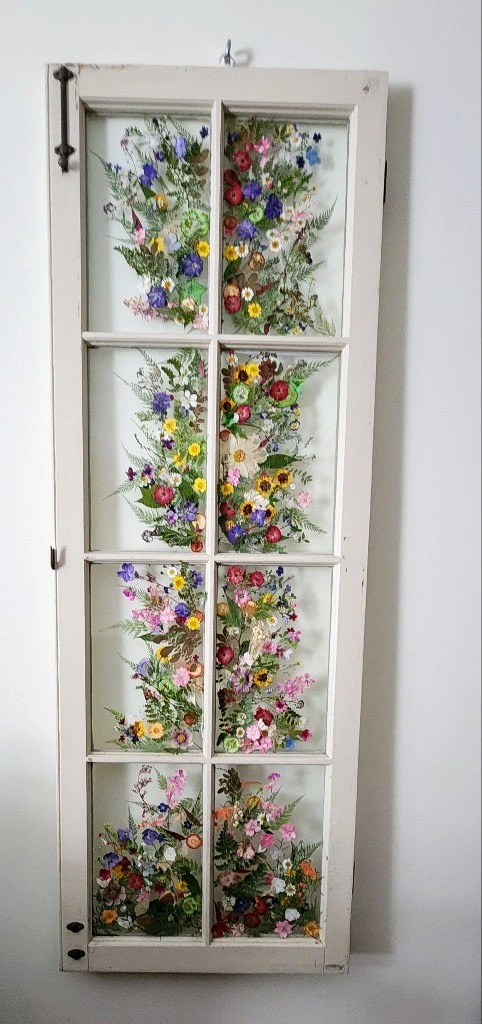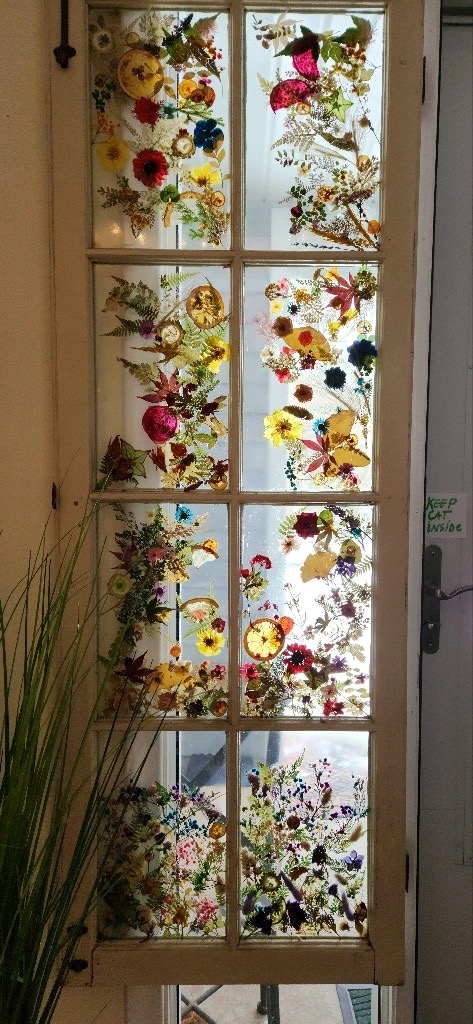Hugo Lowenstein, also known as Chef Hugo, is a 16th-century Japanese Oshibana Samurai Artist. Renowned for his unique artistic style inspired by 16th-century Japanese Oshibana art, Chef Hugo has carved a niche for himself in the world of creativity and innovation.


Chef Hugo, a pseudonym that adds an air of mystery to the artist, has captivated art lovers with his distinctive approach to Oshibana. Oshibana, a traditional Japanese art form that involves creating intricate compositions using pressed and dried flowers, is given a contemporary twist by Chef Hugo, who seamlessly blends this ancient technique with modern aesthetics.
At the heart of Chef Hugo’s artistic expression lies the inspiration drawn from 16th-century Japanese Oshibana. This art form, characterized by its delicate use of pressed flowers and plants, was popularized during the Edo period. Chef Hugo pays homage to this rich tradition by incorporating its essence into his works, creating a bridge between the past and the present.
Chef Hugo’s artistic process is as fascinating as the final pieces themselves. He meticulously selects and collects a variety of flowers, leaves, and plants, paying close attention to their colors, textures, and shapes. The pressing and drying of these botanical elements are executed with precision, preserving their natural beauty. The artist then assembles these elements into visually stunning compositions, each telling a unique story.
What sets Chef Hugo apart is not just his technical prowess but also his ability to infuse his creations with narratives and themes. His works often explore the delicate balance between nature and human existence, offering viewers a contemplative space to reflect on the interconnectedness of life. From serene landscapes to intricate portraits, each piece tells a tale of its own.
While rooted in tradition, Chef Hugo faces the challenges of adapting an ancient art form to the contemporary art landscape. However, it is precisely this challenge that fuels his innovation. The artist continually experiments with new botanical materials, techniques, and presentation styles, pushing the boundaries of what Oshibana can achieve in the 21st century.
Chef Hugo’s impact extends beyond the canvas. His commitment to preserving and evolving the art of 16th-century Japanese Oshibana has sparked a renewed interest in this traditional form.
Chef Hugo breathes new life into the ancient art of 16th-century Japanese Oshibana. Through his unique artistic style, meticulous process, and thematic explorations, Chef Hugo invites us to appreciate the timeless beauty of nature while contemplating the ever-evolving relationship between tradition and modernity.

